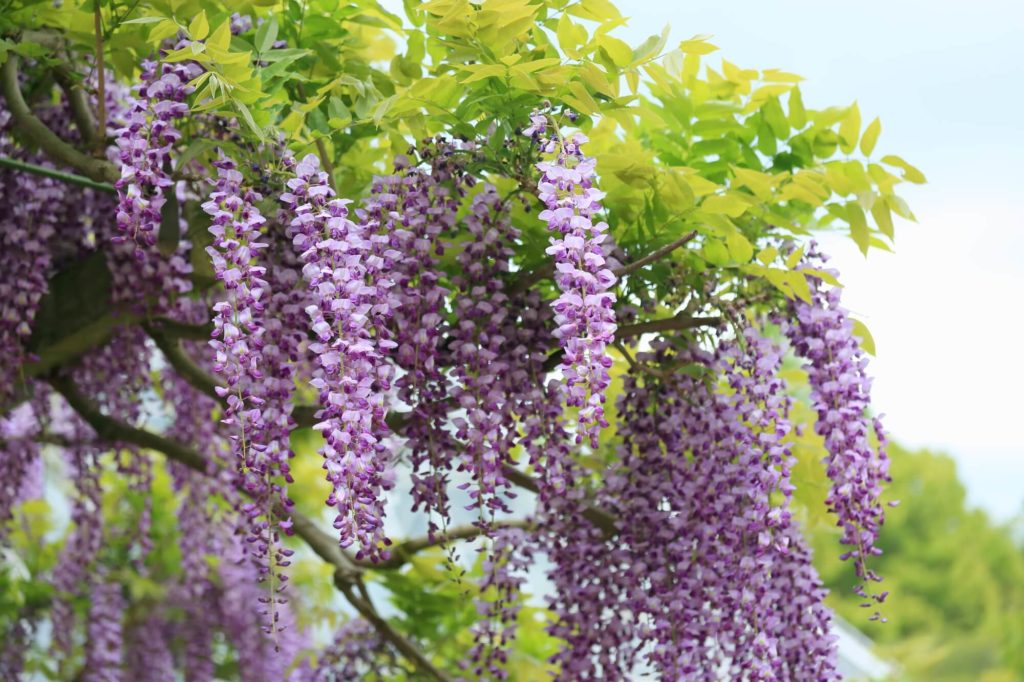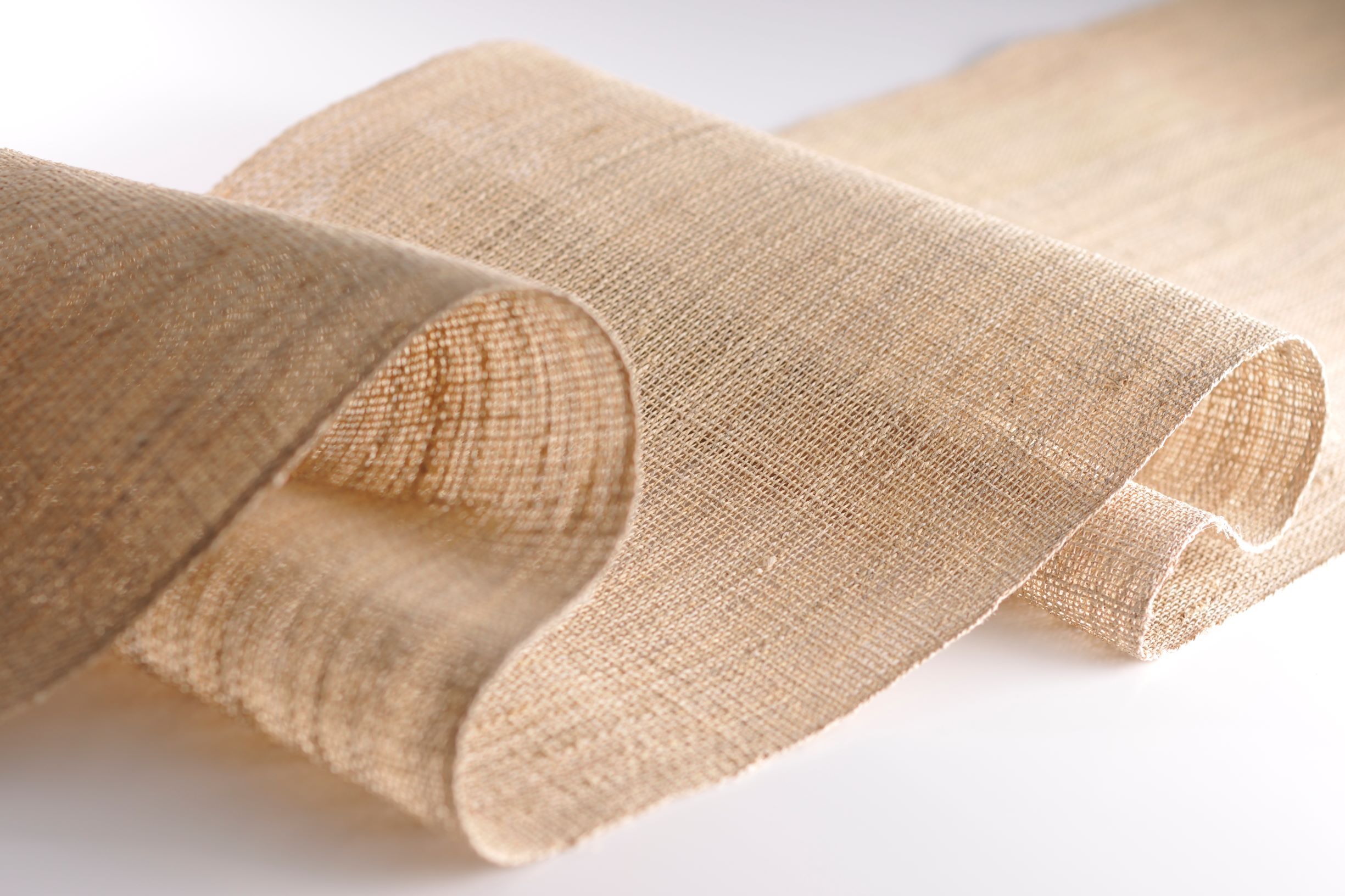藤布
Pronunciation: Fuji-Fu
Production area: Tango region, Kyoto Prefecture
Fuji-Fu is a rare textile made by peeling and processing wisteria vines into fibers, spinning them into thread, and weaving them into cloth. It is one of Japan’s oldest fabrics, along with Shina-Fu and Kuzu-Fu. Dating back to the Jomon period, Fuji-Fu is even mentioned in the Manyoshu anthology. Its excellent breathability makes it well-suited for summer garments. Because wisteria was abundant in Japan’s mountains and fields, it was widely used as an accessible fiber in many regions. However, with the spread of cotton, Fuji-Fu declined rapidly. Today, in Tango, artisans continue to preserve the traditional techniques, from fiber extraction to weaving.

Coexisting with Nature
Only about 5 grams of fiber can be obtained from a single vine, and spinning yields just 20–30 grams of thread in a day. From harvesting, peeling the bark, boiling in lye, rinsing in river water, and drying, to finally weaving, each stage involves painstaking manual labor. This effort results in a textile that embodies the ancient harmony between human craft and nature.




















